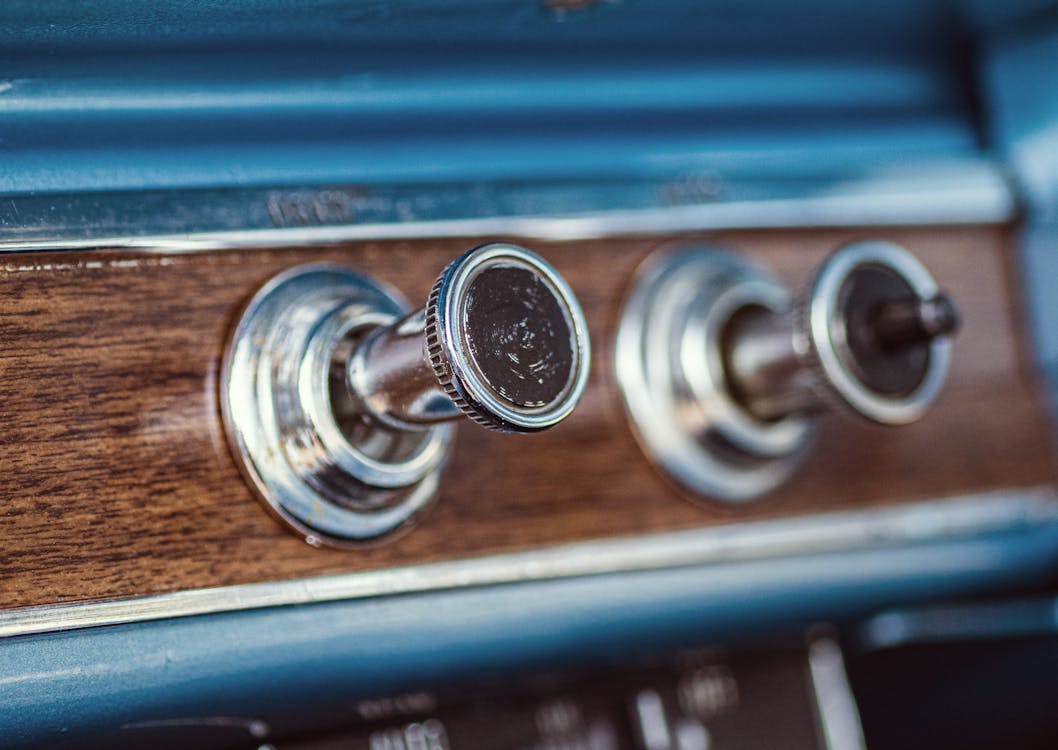Why Buttons Offer Better Control on the Road
Why Buttons Offer Better Control on the Road
Blog Article

For the past decade, cars and truck insides have been swiftly advancing toward streamlined, screen-dominated control board. Touchscreens replaced standard knobs, sliders, and switches in what numerous thought was the inescapable march of progress. Yet, in an unanticipated twist, physical switches are quietly making their way back right into modern lorries. The shift signals more than just a timeless nod-- it's a reaction to real-world responses from chauffeurs food craving simplicity, security, and responsive complete satisfaction.
The Digital Overload Dilemma
When touchscreens initially started taking control of dashboards, they felt like the future: clean, personalized, and loaded with functions. They got rid of clutter and enabled car manufacturers to streamline their interiors with fewer physical elements. However as even more attributes were hidden within electronic menus, chauffeurs began to voice worries.
Touchscreens usually require multiple steps to perform basic tasks like adjusting the climate or changing the radio station. Unlike buttons, they do not have the instinctive muscular tissue memory that permits a driver to transform a setup without taking their eyes off the roadway. With so much happening on-screen, it becomes all too very easy to obtain sidetracked-- something nobody wants when traveling at freeway speeds.
The Return of Tactile Functionality
One of the biggest advantages of switches is their tactile feedback. You can feel them without requiring to look. This sensory support makes them not just convenient yet much safer for chauffeurs. When your hand instinctively recognizes where the volume handle is or exactly how far to press a button to activate the defrost, it minimizes the need to look down or away from the roadway. And while touchscreens use benefit for infomercial and navigation, the critical day-to-day functions-- like threat lights, audio controls, and HVAC-- feel far better fit to physical controls.
In fact, lots of drivers that formerly spoke highly of electronic systems have revealed appreciation for newer versions that blend contemporary visual appeals with the sensible feeling of typical controls. It's not about rejecting technology-- it's about improving functionality.
A Balanced Design Philosophy
Developers have taken notice of this moving view. Instead of abandoning screens, they're reconsidering exactly how they're incorporated. The most effective insides currently strike a balance between digital flexibility and analog precision. That indicates tactically positioning switches for crucial features while using digital user interfaces for apps, navigation, and media.
This hybrid method is especially prominent in cars created for long-distance driving or households. The simplicity of pushing a button without fumbling via a food selection makes a large distinction when you're trying to stay concentrated, comfy, and risk-free. Even in vehicles known for cutting-edge technology, a basic rotary dial or tactile control can be the attribute that sways chauffeurs looking for thoughtful layout.
Buttons and the Emotional Connection
There's additionally something distinctively emotional about switches. They bring a certain degree of interaction that touchscreens just do not replicate. Pushing a button or transforming a dial feels like you're literally engaging with your automobile-- it adds a layer of link that makes the driving experience more delightful.
For those thinking about used Chevy cars, automobiles from recent years typically offer the very best of both globes: receptive touch interfaces paired with traditional physical controls. These versions bridge the gap in between technology and familiarity, making them suitable for drivers who appreciate contemporary functions without giving up convenience of use.
Technology Isn't Just About Screens
It's easy to conflate innovation with screens, however true advancement indicates boosting the driver experience. In this light, switches are a kind of clever layout. They're quickly, exact, and do not require interest. As vehicle style ends up being progressively driver-centric, comfort and intuition take center stage.
This also ties straight right into the resale and trade-in value of cars. Automobiles that focus on easy to use functions tend to site mature far better in the eyes of future purchasers. If you're thinking about a Chevrolet trade in, understanding that your current lorry provides an attentively created inside, total with easily available controls, can have a favorable effect.
The Future Is Functional
As car suppliers re-evaluate the role of user interfaces in the cabin, they're guided by motorist feedback and real-world functionality researches. The revival of switches does not signal a go back to the past-- it's a progression in thoughtful, user-first design. It acknowledges that progression does not always indicate removing the old but integrating it in a manner that makes driving more secure, simpler, and much more satisfying.
If you're in the marketplace and discovering Chevy new car deals, watch on just how various designs manage their interior controls. It's not just about the touchscreen size-- it's about just how the lorry aids you remain focused on the road while making your daily commute more instinctive. Buttons could not be the flashiest function, however they're rapidly becoming one of one of the most valued.
For more understandings right into automobile trends, interior decoration technologies, and wise automobile shopping tips, make certain to inspect back consistently. We're constantly updating the blog site with fresh ideas to aid you browse the road in advance.